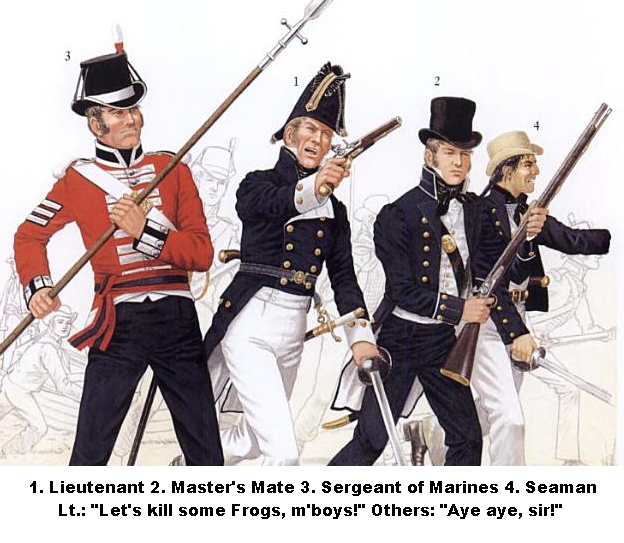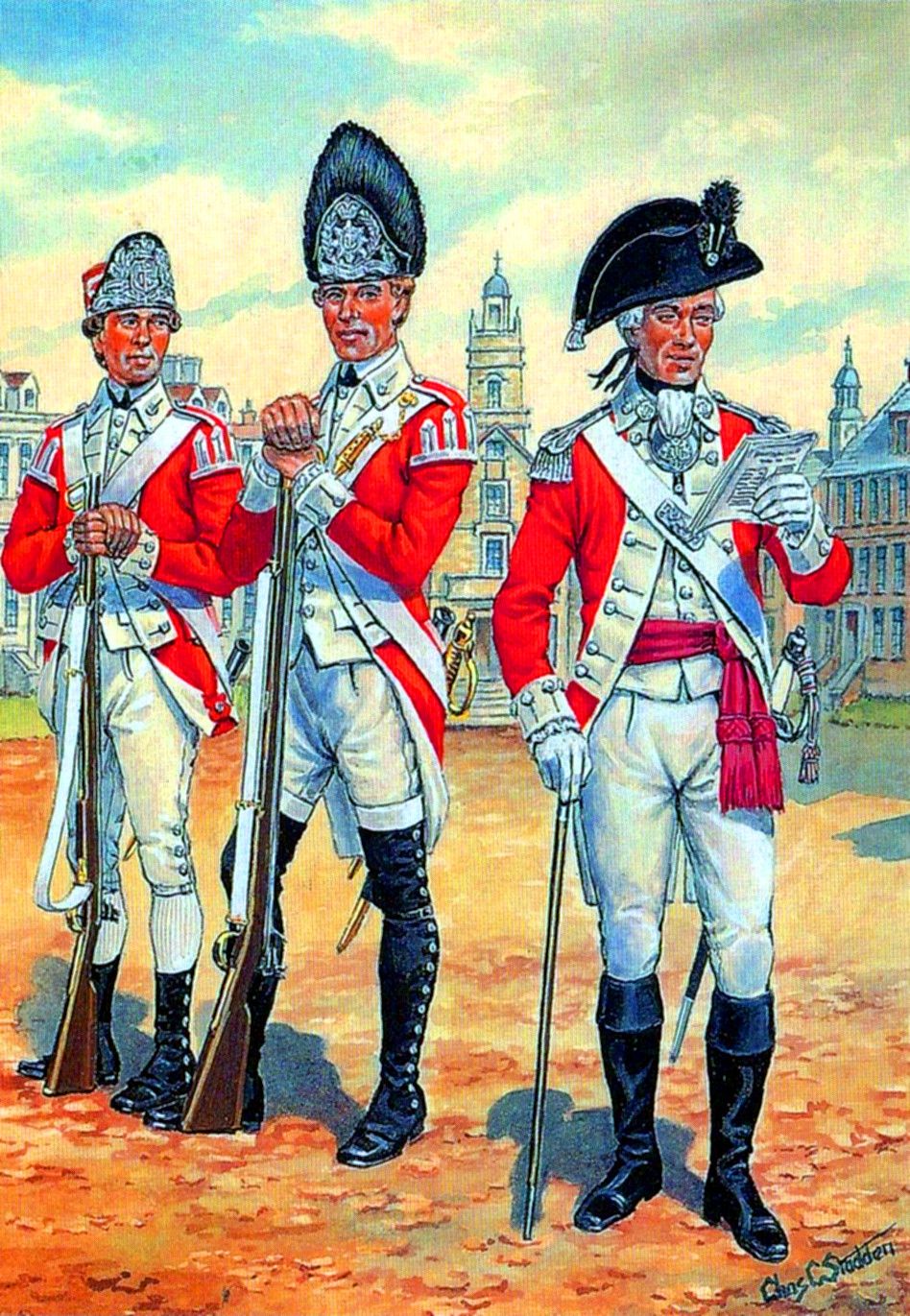
The idea was to make it easier to distinguish units in battle and to enable commanders to spot their troops. In contrast to today s camouflage uniforms of the 18th and 19th centuries displayed bright and contrasting colours. Styles and decoration depended on status and image of the troop and the wearer of the uniform.

The uniform dress for the army became the norm in the mid 17th century. On 5 april 1755 his majesty s marine forces fifty companies in three divisions headquartered at chatham portsmouth and plymouth were formed by order of council under. The royal marines traces its origins back to 28 october 1664 when at the grounds of the honourable artillery company the duke of york and albany s maritime regiment of foot was first formed.

The royal marine barracks portsmouth were established in 1768 but the premises did not prove altogether satisfactory and in 1848 the portsmouth division was relocated to forton barracks in nearby gosport. The royal marines was the first complete british corps to be provided with its own barracks one for each division. The uniforms and insignia first created in the mid 1700s lasting until the mid 1850s have since become.

Royal navy ranks rates and uniforms of the 18th and 19th centuries were the original effort of the royal navy to create standardized rank and insignia system for use both at shore and at sea. Sir edward pellew wearing a captain s dress jacket with late 18th century style epaulettes. I m not too sure on the differences between naval uniforms and marine uniforms as apparently marines could sometimes wear blue coats too.

I forgot to mention emphasize that if you see a guy in a red coat on an 18th century ship in the british navy as one does the guy is a marine. British marine british army uniform british uniforms men in uniform 18th century dress 18th century fashion historical art historical clothing alfred the great field marshal richard molesworth 3rd viscount molesworth pc 1680 12 october 1758 1758 styled the honourable richard molesworth from 1716 to 1726 was an anglo irish military. The uniforms and insignia first created in the mid 1700s lasting until the mid 1850s have since become immortalized in such.

Royal navy uniforms of the 18th and 19th centuries were the original effort of the royal navy to create standardized rank and insignia system for use both at shore and at sea. Sir edward pellew wearing a captain s dress jacket with late 18th century style epaulettes. The scarlet tunic continues to be used into the 21st century with several armed forces of the commonwealth of nations adopting them as.

Red coat also spelled as redcoat or scarlet tunic is a military garment used widely though not exclusively worn by most regiments of the british army royal marines and some colonial units within the british empire from the 17th to the 20th centuries.
18th century british marine uniform. Historically marine uniforms broadly matched those of the contemporary british army at least for full dress. The constraints of shipboard duty however brought some practical considerations for ordinary work duties during the late 18th and early 19th centuries the marines would put aside their easily stained red coats and wore the loose slop clothing of the british sailors then. In the 18th century royal navy rank and position on board ship was defined by a mix of two hierarchies an official hierarchy of ranks and a conventionally recognized social divide between gentlemen and non gentlemen. Royal navy ships were led by commissioned officers of the wardroom which consisted of the captain his lieutenants as well as embarked royal marine officers all of whom were.

Royal navy ships were led by commissioned officers of the wardroom which consisted of the captain his lieutenants as well as embarked royal marine officers all of whom were. In the 18th century royal navy rank and position on board ship was defined by a mix of two hierarchies an official hierarchy of ranks and a conventionally recognized social divide between gentlemen and non gentlemen. The constraints of shipboard duty however brought some practical considerations for ordinary work duties during the late 18th and early 19th centuries the marines would put aside their easily stained red coats and wore the loose slop clothing of the british sailors then.

Historically marine uniforms broadly matched those of the contemporary british army at least for full dress.











